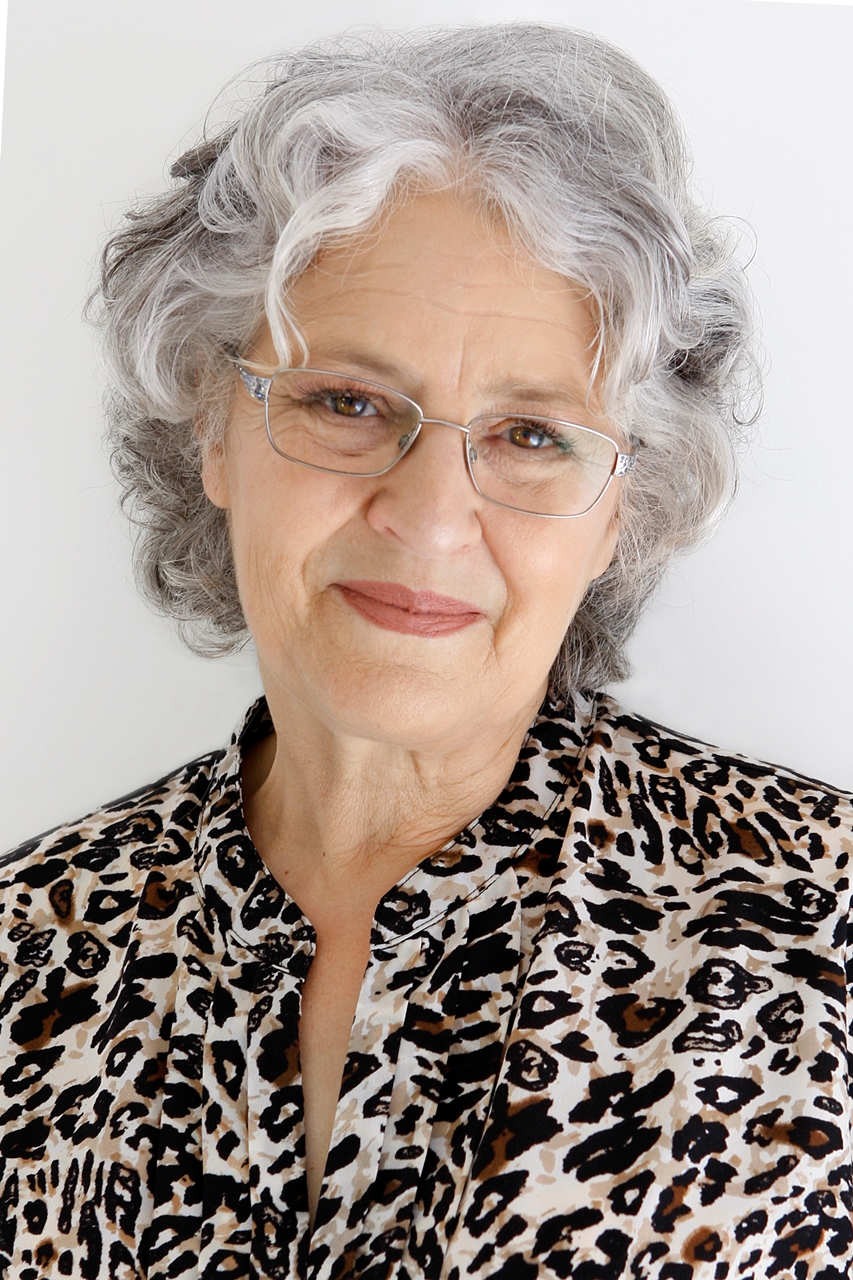A long term client recently asked me to set up a new website for him. He showed me examples of what he was looking for, sent me the copy for it, I researched royalty free images and set up the web hosting after registering the domain he requested.
But when he started asking me when was I going to get the website up and timing was getting urgent I kept wondering why he couldn’t see the site? I’d done the work, uploaded the new site and sent him the link. We went round in circles for a couple of days and then we spoke on the phone. I assured him I’d made all the changes he wanted from his first viewing and then he said he’d send another email with more changes.
That’s when I discovered I’d registered a different domain name to the one he thought was being registered. He had asked for it over the phone. And he’d had business cards made but I hadn’t seen them so hadn’t picked up the error.
This shows the importance of the written instruction, as opposed to the spoken one.
 What caused the error? The. A simple word ‘the.’ I’d registered a domain name without it, he thought the domain had ‘the’ included. We’re resolving the problem but I thought it important to share here how easy just a letter or two, or even one word, can make a difference, especially to a domain name… and business cards.
What caused the error? The. A simple word ‘the.’ I’d registered a domain name without it, he thought the domain had ‘the’ included. We’re resolving the problem but I thought it important to share here how easy just a letter or two, or even one word, can make a difference, especially to a domain name… and business cards.

Kathie is the former owner of VA Directory and is former past President of the Australian VA Association. She founded the Virtual Assistant industry in Australia in the mid 90s, having already been operating a home-based secretarial service. Today the VA industry covers a multitude of office-based services for clients worldwide.

Levi J. Scarman says
Oh no! You might want to register the other domain with the ‘the’ and just redirect it – if you made that error then how many potential customers/clients might do the same? It might be worthwhile for the client to have both domain names just in case.
I hope you were able to sort it out!
Levi
Karen Braschuk says
Kathie,
Another excellent post – as usual!
I agree that written confirmation from a client (especially after a phone conversation) is mandatory for clarity.
Sometimes the client may make a mistake in their spoken word and upon receipt of your email confirmation may say, “Oh my gosh! Sorry, what I really meant to say was…”
I usually send a follow-up email as soon as possible indicating, “My understanding is…etc.”
Thank you once again for sharing so much of your valuable insight and saving a lot of grief for both VAs and their clients.
You rock, Kathie!
Thanks again,
Karen
Lisa Olinda says
I loved the blog. Great point was driven home. Small detail to note…I receive this blog through my email and nowhere on the blog does it indicate who the author is. I have signed up for many Virtual Assistant blogs and it is difficult to remember who write which blog. Just a thought! Congratulations on the new book coming out!
Kathie Thomas says
Re registering the other domain – unfortunately someone else has. And I have a vague recollection of having told him in our original phone conversation that was the case but we’d gone on talking about other aspects and he didn’t take that in. Likewise, I probably should have seen the proof of his business card before it went to print – he made sure I did see the next one.
I had emailed him with the link when I did the test but he hadn’t picked up it didn’t have ‘the’ included and of course when we spoke on the phone it wasn’t obvious to me that he was including that word when he talked about the website.
Interesting lesson.
Lisa – point noted. I used to sign off on earlier posts but I just assumed that people knew who the owner was of this blog as it does have it here at the site. Perhaps I’ll go back to signing off.
Beverly Mahone says
I can see how that error could’ve been made. One thought: Either you could have sent an email confirming your conversation and agreement with the URL listed. The error may have been caught then before any work was completed.
I have gotten in the habit of writing follow-up emails to phone conversations just so there are no misunderstandings and to clarify that the person said what I thought they said and not what I “heard”—because there is a difference.
Great post Kathie!